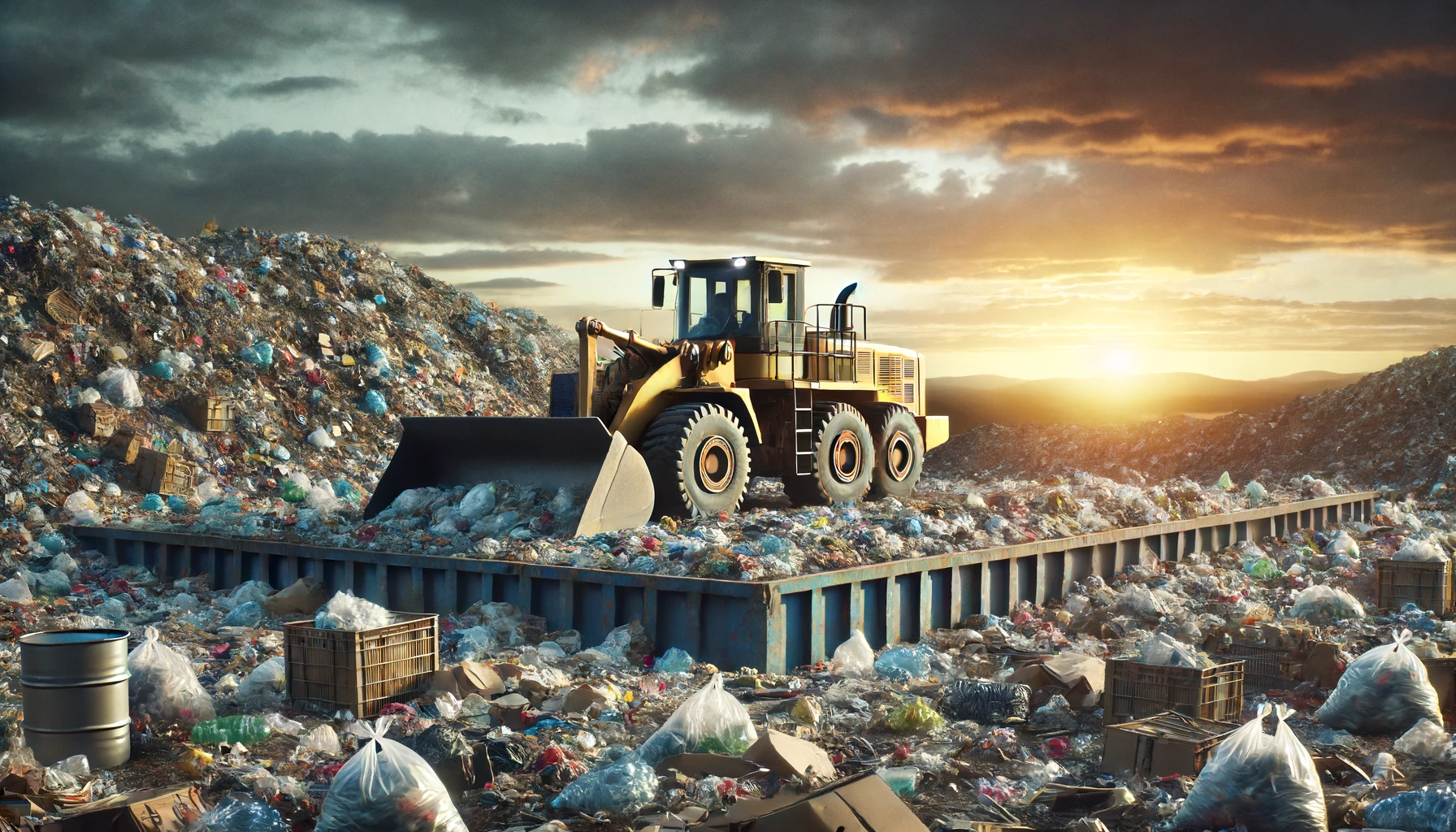Differences between dumps and landfills
Check out this answer from Consensus:
Dumps and landfills represent two very different approaches to waste management. Dumps are unregulated sites that pose significant environmental and health risks, while landfills are engineered facilities designed to safely manage waste and minimize its impact. The choice between these methods has profound implications for environmental protection, public health, and social equity. As the volume of waste continues to grow, the importance of adopting safe and sustainable waste management practices becomes increasingly critical.
The management of solid waste is a critical issue in modern society, with significant environmental, social, and economic implications. Two common methods of waste disposal are dumps and landfills. While these terms are often used interchangeably, they represent distinct approaches to waste management with different impacts and practices. This article explores the differences between dumps and landfills, drawing on insights from recent research.
Definitions and Basic Concepts
Dumps
Dumps are sites where waste is deposited without any engineered systems for environmental protection. They are often characterized by the uncontrolled accumulation of waste, leading to various environmental and health hazards. Dumps are typically unregulated and lack the infrastructure to manage leachate, gases, and other by-products of waste decomposition.
Landfills
Landfills, on the other hand, are engineered facilities designed to safely contain and manage waste. They incorporate systems to control leachate, capture gases, and minimize environmental impact. Modern landfills are regulated and monitored to ensure compliance with environmental standards.
Environmental Impact
Dumps
Dumps pose significant environmental risks due to the lack of containment and management systems. Leachate, a liquid that forms when waste decomposes, can contaminate soil and groundwater, posing a threat to ecosystems and human health. Additionally, dumps can emit harmful gases, such as methane, contributing to air pollution and climate change.
Landfills
Landfills are designed to mitigate these environmental risks. They include liners and leachate collection systems to prevent soil and groundwater contamination. Gas collection systems capture methane and other gases, which can be flared or used for energy production. Properly managed landfills significantly reduce the environmental impact compared to dumps2.
Social and Economic Considerations
Dumps
Dumps are often located in low-income or marginalized communities, exacerbating social inequalities. The lack of regulation and oversight can lead to hazardous living conditions for nearby residents. Scavenging is a common practice at dumps, where individuals collect recyclable materials to sell, often under unsafe conditions1.
Landfills
Landfills, while more expensive to construct and operate, provide a more controlled and safer environment for waste disposal. They are subject to regulations that aim to protect public health and the environment. The operation of landfills can also create jobs and opportunities for energy production through the capture and use of landfill gases2.
Technological and Operational Differences
Dumps
Dumps lack the technological infrastructure to manage waste effectively. Waste is simply piled up, leading to uncontrolled decomposition and environmental hazards. There is no system in place to monitor or manage the by-products of waste decomposition.
Landfills
Landfills employ various technologies to manage waste. These include liners to prevent leachate from contaminating groundwater, leachate collection systems, gas collection systems, and monitoring equipment to ensure compliance with environmental standards. The operation of landfills involves regular monitoring and maintenance to address any issues that arise2.
